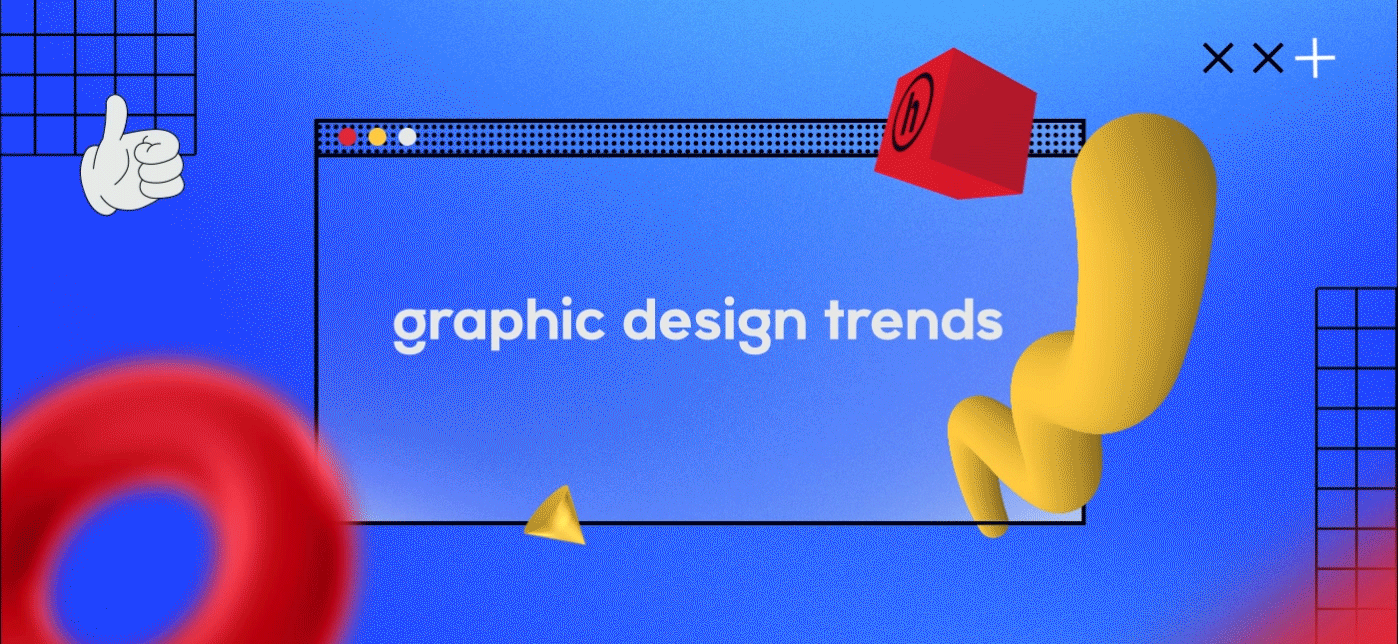Uber released its new branding on Tuesday, and has since left many people wanting more. The rebrand includes a new logo, updated colors and patterns based on cities, and a fresh direction for the ride-sharing company — one more open to expanded infrastructure. Uber has now left the door open for other services such as laundry, food delivery, and more. Here’s our take on the rebrand.
Where Uber Missed the Mark:
Uber Lost a Bit of its Identity
In Uber’s redesign rationale, it reasons that the old branding felt dated. We would disagree with that, and argue that it at least retained a unique identity. Uber’s new website feels like it may have taken too much direction from the Google ecosystem, making it difficult to differentiate the design language between the two. Take the generous use of white space, flat colored squares, and simplified vector style illustrations, leaving little room for individuality.
Darker Vibes
Do the illustrations feel kind of…dark? A similar dark palette was used in Uber’s older branding, but succeeded in feeling more techy than depressing. Getting into a car with a stranger can be scary enough, and the brand should squash those fears. The dark hues make the environments illustrated feel gloomy, cloudy, and unfamiliar. Brighter hues would be welcomed — let the sun shine through!
All a Part of the Machine
While Uber’s rebrand has a strong and clean aesthetic, it also brings a colder, corporate style. The look is executed in a way that lacks warmth and friendliness; something necessary of a brand built on the shared economy. The hard lines and repetitive patterns are too reminiscent of machinery, with not enough humanism. A brand in this space should take notes from Air BnB by incorporating more authenticity and human experience.

Where Uber Improved:
Revised Logo
We welcomed the evolution of Uber’s logo. Gone is the wide tracking, and in its place is a tighter, bolder mark. We’re all for bolder logos! We also love the selectively rounded corners — they are a unique choice that helps the mark to stand out in a sea of other typeface-centric logos.
Unique Design Elements Based on Countries
Another way Uber succeeded was in its city-based design concept. Each city where Uber is based takes on its own colors, patterns, and photography to represent the location. All cities connect together with the same fonts and design language, but use subtle changes to differentiate themselves. As a brand growing as big and fast as Uber is, we think this is a great way to help the service feel more relevant to the communities it serves.
Rebranding aside, we know we’ll still be calling for an Uber driver after a long night out — and, soon enough, to deliver our food.


